This Client Follow-Up System Will Help You Close More Sales
Here's how to convince a potential customer to start working with you or an existing client to renew their commitment and purchase.




Your client follow-up system determines whether you can convert new clients or convince existing ones to renew their commitment.
You need clients who trust you enough to purchase your services or choose your agency for other projects. You won't earn that trust by flooding their inboxes with generic messages; you'd need to create thoughtful, personalized communication.
But this takes time.
It's why many creative agencies;
If you don't have the capacity for this yet, you can use an all-in-one follow-up system to convince prospects and clients to try your services again. In this article, I'll share 6 ways to follow up with your clients, some client communication tips, and how ManyRequests automates this process.

There are several ways you could interact with a client or a prospective client. The goal of these touchpoints is to help them get to know and trust your agency better. And this isn’t only about trust; it should also give subtle reminders that your agency is available to help them when they're ready.
Now, it takes about 8-12 touchpoints to close sales, and if you give up on a prospect after a few follow-up attempts, you're basically telling them to forget you.
When potential clients don't respond to your follow-up messages, there are five common reasons:
Your follow-up messages should address these concerns rather than only asking for a decision.
Here's how to follow up with a client the right way:
Your follow-up system is part of your sales process, whether for existing clients or new leads from your marketing.
You should design this system to handle the differences between the kind of clients your agency serves and regular customers.
These are six customer check-in systems to convert and retain your clients:
The most important aspect of any sales activity is to understand who your ideal client is and what they care about most.
You should step into their shoes and ask yourself what visual examples and case studies they would want to see if they stumbled on your marketing resources. Your follow-up messages should show that you understand their project goals, their visual identity, and creative vision.

Mapping out the creative buyer's journey will help you understand their visual preferences and approval process.
You can understand your customer's journey through the marketing funnel and sales process by mapping out their questions, expectations for design samples, and concerns about the creative process in a journey map.
You can then connect these journeys to your buyer persona, which is a semi-fictional representation of your ideal creative client.
For creative agencies, these personas would include their aesthetic preferences, brand guidelines, and if possible, their previous experiences with other agencies.
In other words, establish which stages your ideal client has to go through before you even have a chance to follow up with them. Then, at the follow-up stage, provide visual examples and creative concepts that show you understand their brand.
Should the follow-up happen as the potential customer fills out an online form (trigger workflow), after they've reviewed your portfolio, or after an initial creative consultation?
The timing is important because most clients need time to process visual concepts, but it shouldn't be more than three days after your last interaction.
Depending on your agency size and your business model, you can either use automated or manual follow-ups.
But if you have a smaller agency, you can create personalized follow-ups with visual examples. It's a bit time-consuming, but it's the most effective with creative clients.
To decide when a follow-up needs to happen, look at your business model more so than your sales process: are you selling bespoke services or packaged software solutions? Are your services packaged in tiered plans that can be sold as subscriptions or as one-offs?
For bespoke services, you'll want to reach out manually when somebody replies to an online form. After interacting with a salesperson, you can send out an email sequence with 3-4 messages personalized specifically to the customers' needs, or continue manually. If you sell a packaged service, you can use an automated lead-nurturing system that can lead to sales.
When you've decided on the type of follow-up based on your creative services, you need to share visual resources only available within the direct channel between you and the potential client.
This could be design concept reviews, videos explaining the services they want, and visual case studies of similar projects.
Here's an example:
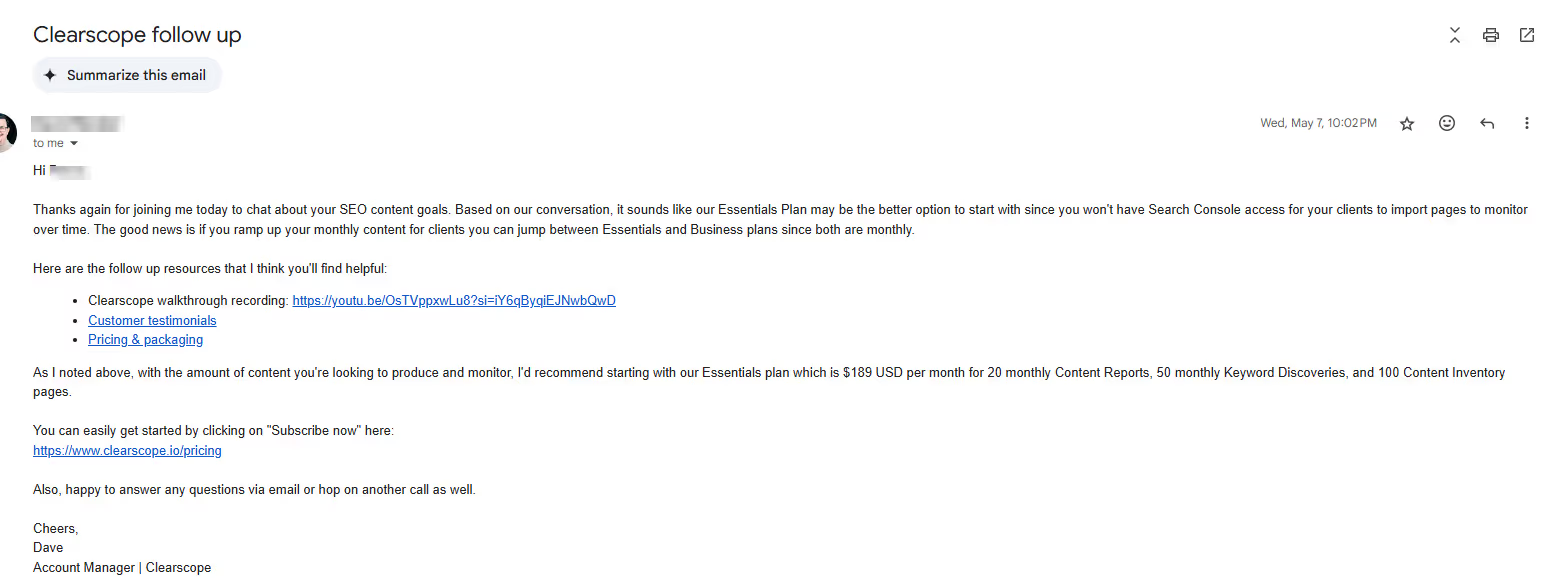
Your resources should explain what your agency offers exclusively to the client rather than the general public.
This way, they feel like you're helping them and not just yourself, and they'll trust you more. You can also add testimonials and customer feedback to your follow-up to show them you're credible.
Tracking customer interactions is time-consuming if you're manually gathering comments from emails, calls, and meetings into spreadsheets. You may lose track of when you last reached out to a prospect.
Tracking also helps you analyze which parts of the follow-up system can be improved later on, and keep an eye on all potential deals at once.
This is why CRM systems like HubSpot and ManyRequests exist. You don't have to manually log every touchpoint throughout your client's journey.
Here’s an example from Hubspot:

With Many Requests, you can automatically log all client communication in one centralized timeline view,
The activity feed captures every interaction, from initial form submissions to proposal views and design feedback, so it looks like this from your dashboard:
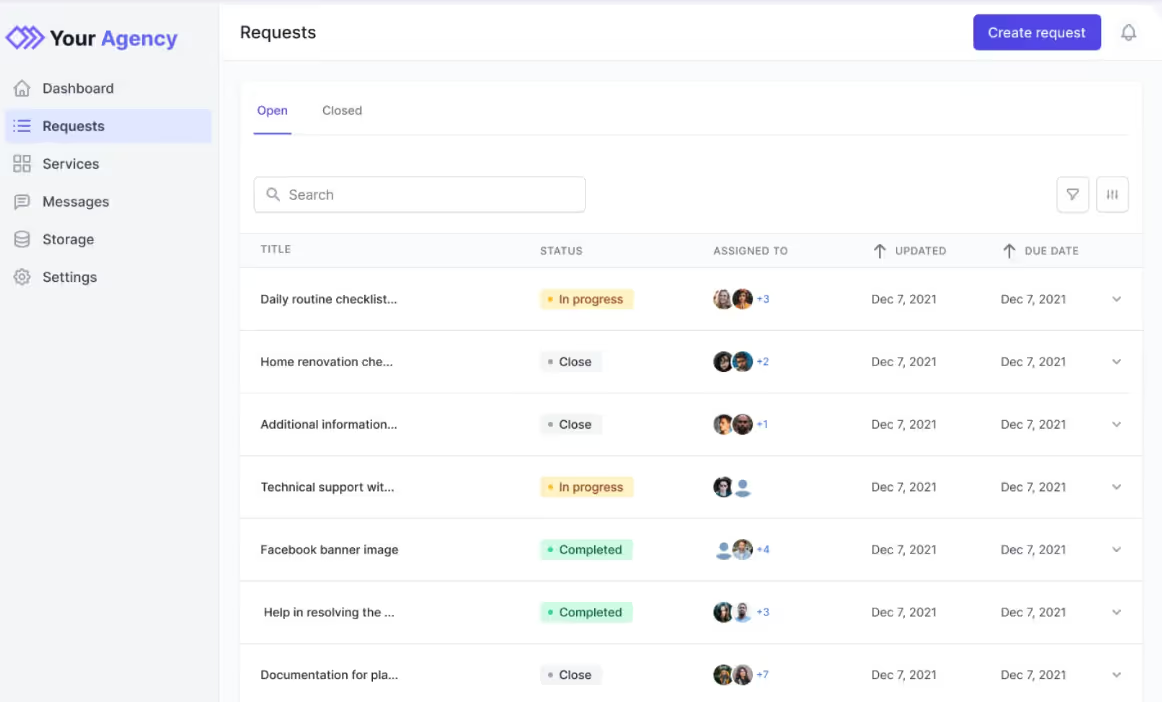
You also get notifications when prospects interact with your services, even before they make any payment.
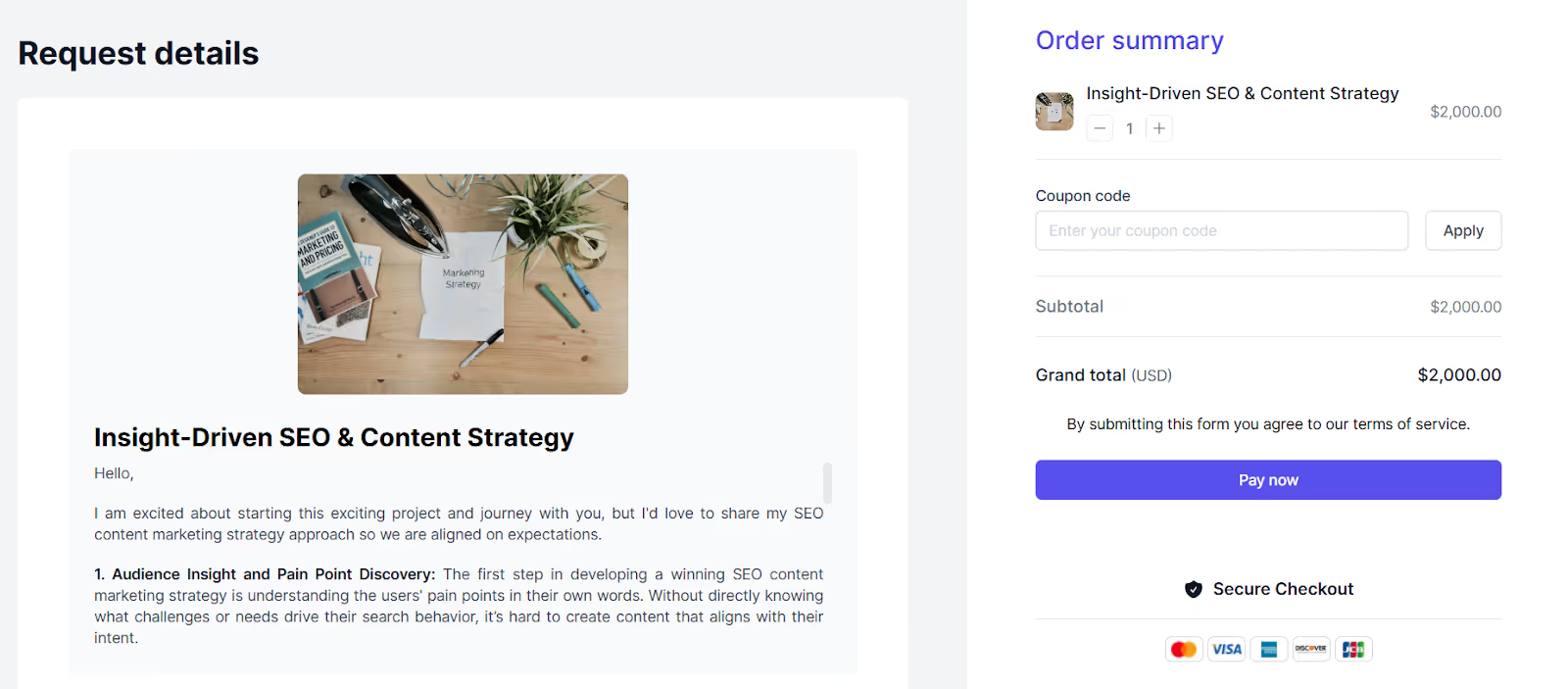
As you can see, when a prospect views your service catalog, browses your portfolio, or spends time examining a specific design concept, ManyRequests instantly notifies your team.
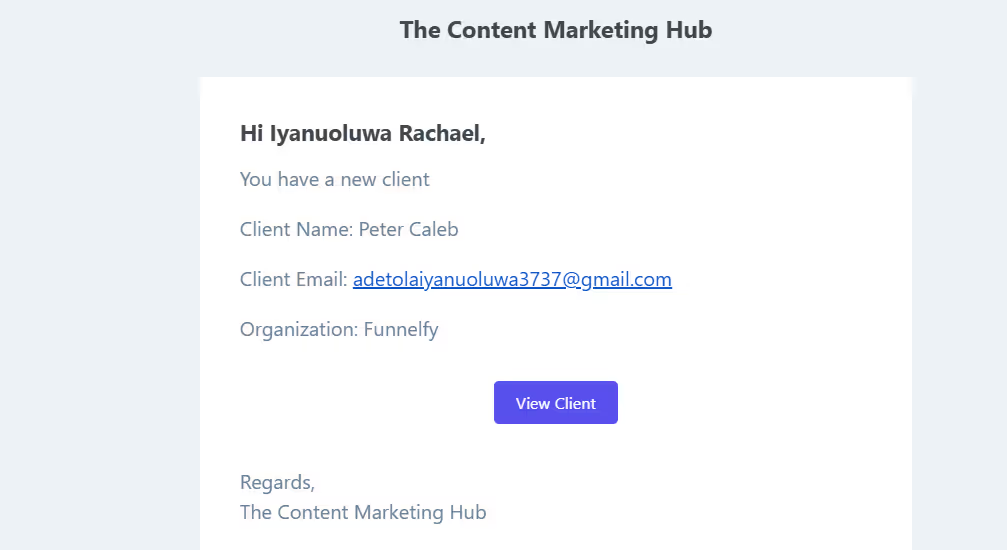
Even if clients weren't certain, a follow-up message from you can change their mind. ManyRequests helps you respond at the right time with the right content without all the guesswork.
Once you've decided whether to use a client portal like ManyRequests or manage follow-ups manually, it's time to put your client follow-up system into practice.
The most important thing is to set up your follow-ups in a way that reaches your ideal customers at regular intervals without annoying them. Your timing should respect the client's need to process visual information and gather internal feedback.
Let's take an example:
It should go like this:
If you follow this approach with all potential customers coming through your marketing funnel, you're highly likely to move them down the sales funnel and start working with them.
If the potential client doesn't respond or if they seem hesitant about moving forward, your final opportunity is to make a compelling offer that they cannot refuse.
It doesn't necessarily have to be a discount; it could be access to your design team for a limited consultation or a slight addition to what's offered with the service they were interested in.
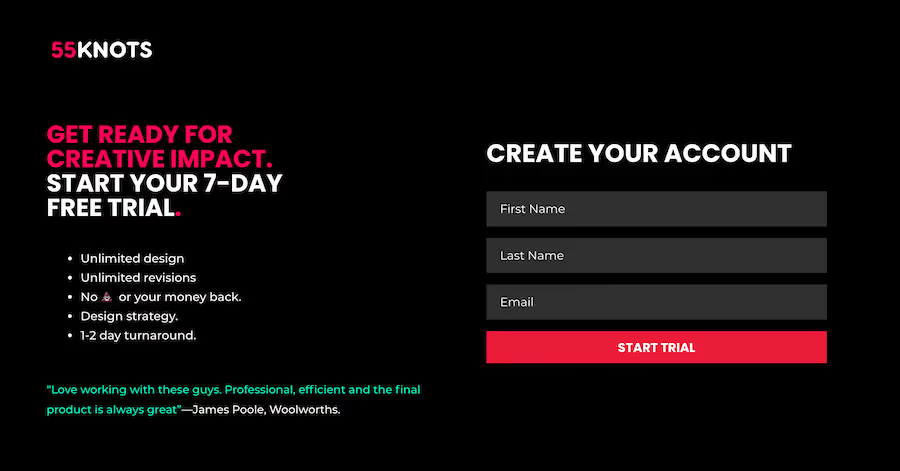
Based on your creative business model, you can offer a smaller initial project to demonstrate value.
Whatever you offer, make sure you already know what perks you can offer during the follow-up process without giving up too much of your time and effort. The additional perks should be baked into the project costs from the beginning, but only offered as a last resort.
You can nurture leads and build relationships with potential clients in different ways. The most common methods are standard emails, follow-ups, client portal, video messages, phone calls, social media, and texts.
Here's a comparison for some of it:
ManyRequests provides a centralized platform to improve how you follow-up on clients.
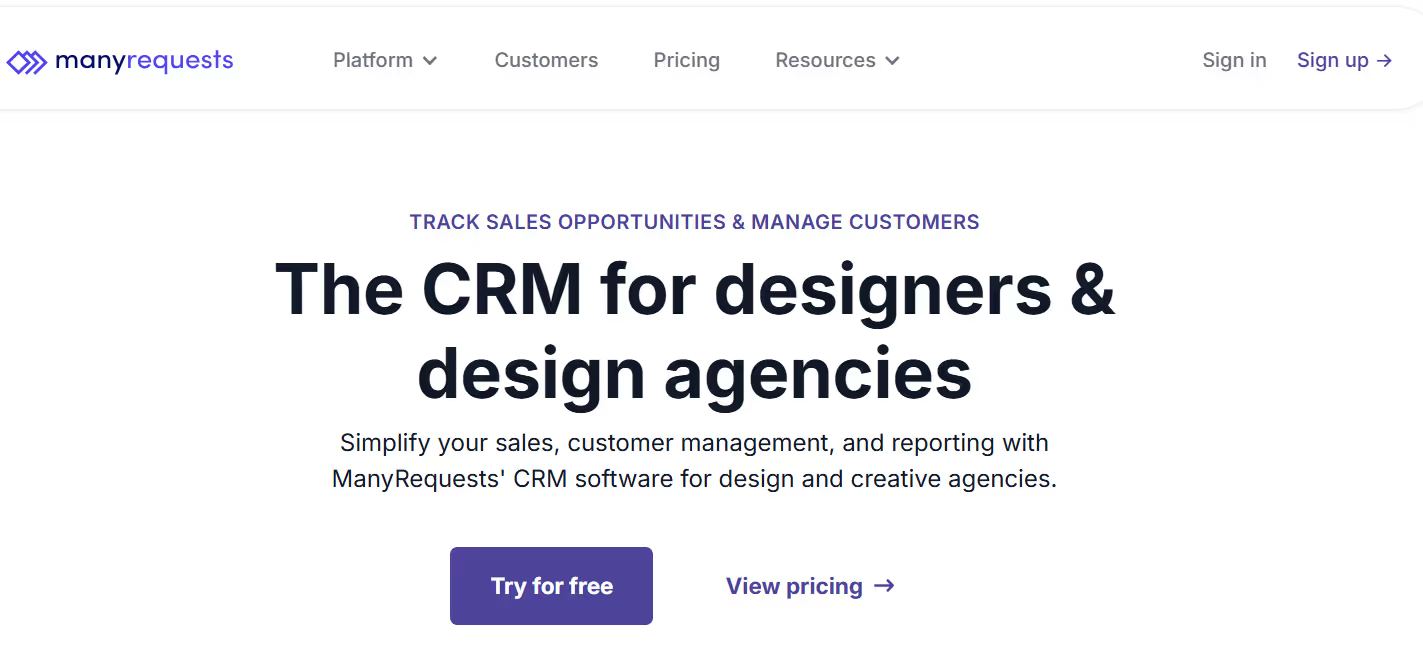
While many agencies would need to use multiple tools to handle their CRM, automation, and project management, ManyRequests combines all these features.
Let's check out a few:
ManyRequests' design annotation tool lets clients leave comments directly on design concepts. Rather than share design concepts through emails or LinkedIn messages, you can send them through the ManyRequests annotation tool.
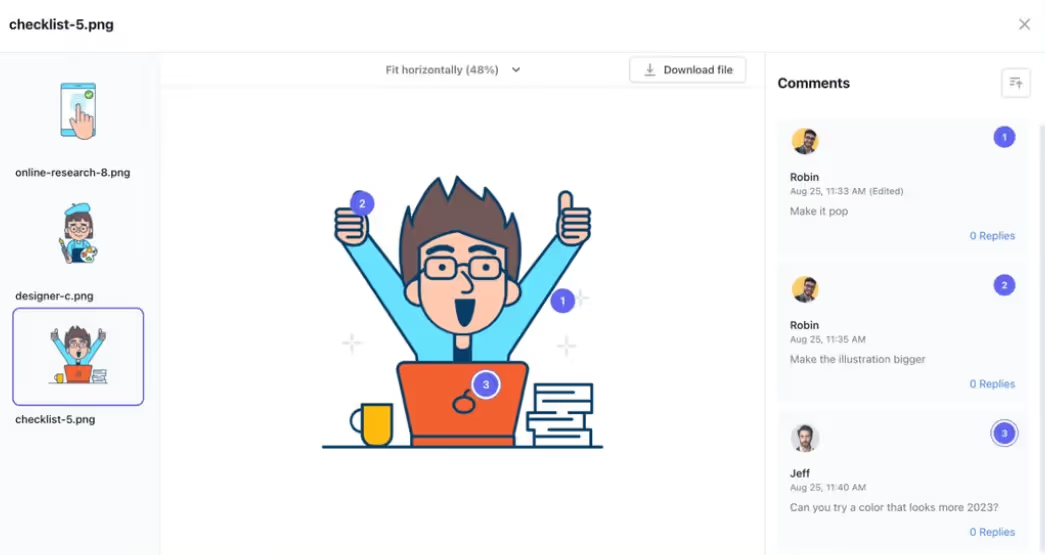
Clients can receive these files, check them out, and mark out areas that stood out to them and the ones they don't like. ManyRequests provides a chat box for each markup the client makes to give comments and for your team to reply to those comments.

First impressions matter. ManyRequests lets creative agencies customize their client portal completely.
You can erase every trace of ManyRequests (domain, colors, logos), and replace them with your custom domains, your agency's branding, colors, and logos, branded email notifications and follow-ups, and customized welcome sequences for new prospects.
Here's an example from Magic Design:
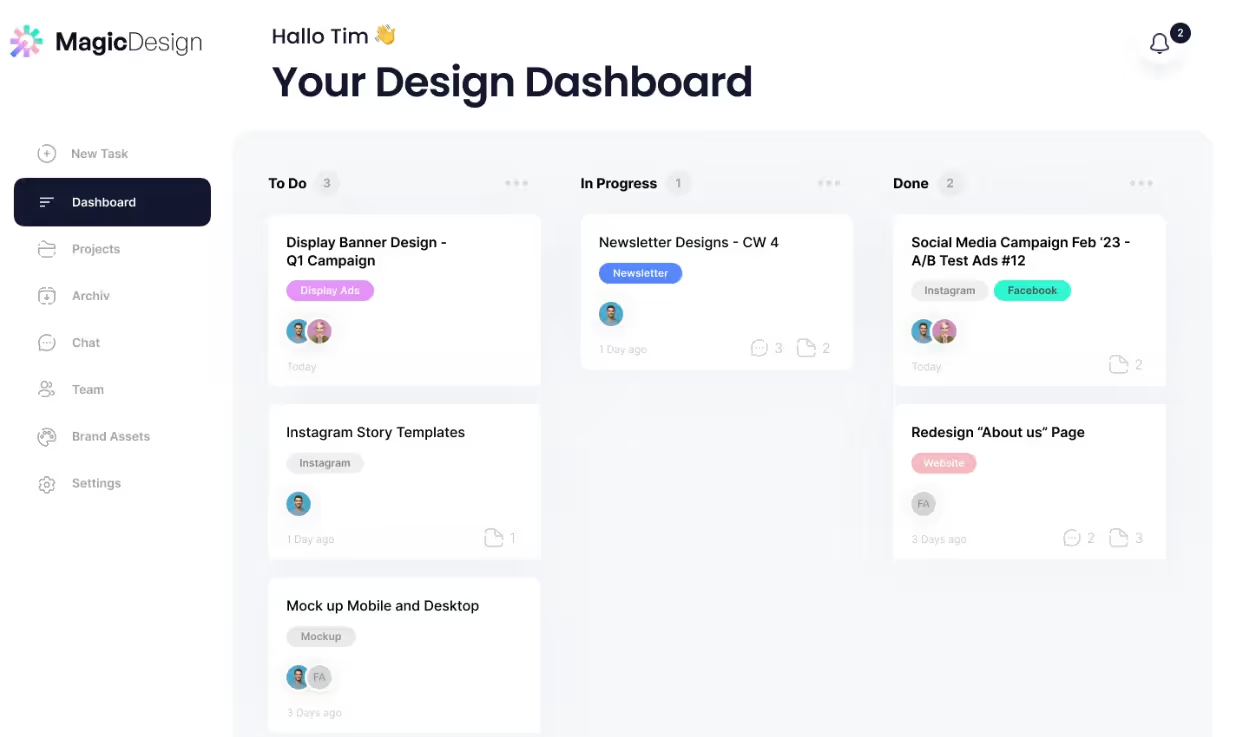
As you can see, it's a lot different from what the ManyRequests dashboard originally looks like:
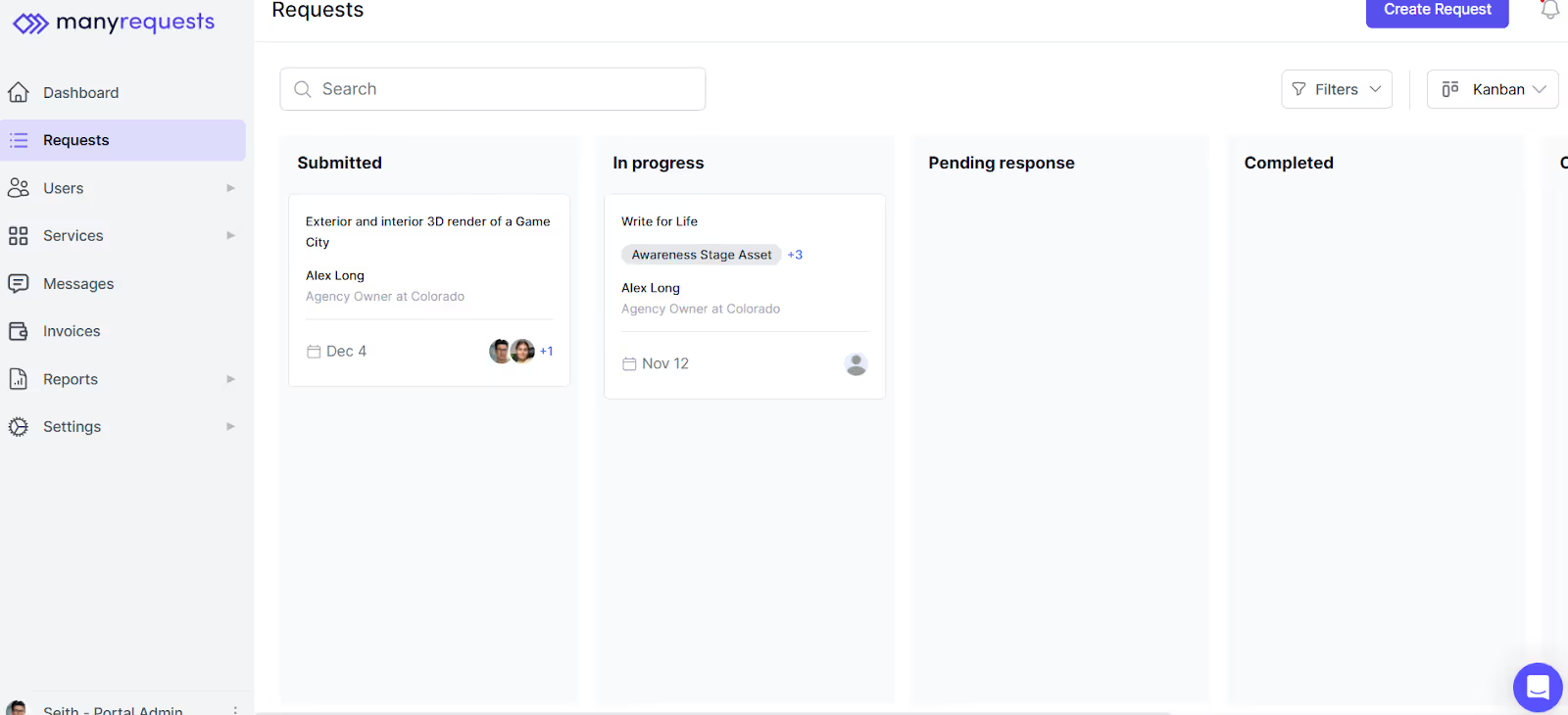
Most importantly, ManyRequests reduces awkward handoffs between sales and project management.
You use the same portal during follow-up, and once they convert, you also handle all client relationships and projects on that same portal.
The previous conversations with new clients are accessible, and the design concepts you shared via the client portal during sales can become your starting point for the project.
Your clients don't need to learn the hang of any other tool, and that's good news.
A good client follow-up is important, but it's equally important to back it up with exceptional delivery. Clients create an expectation of your team's capabilities from your portfolio, so it's important to meet those expectations or you risk damaging your reputation and losing future referrals.
With a client portal system like ManyRequests, you can connect your follow-up process with project management without taking your client out of the platform. Sign up for a 14-day free trial to see how it works.
A follow up system is used to track and move leads through the sales cycle.
Some of the methods of follow-up are emails, phone calls, video messages, social media, client portals, and SMS/texts.
Originally Posted: July 12, 2021